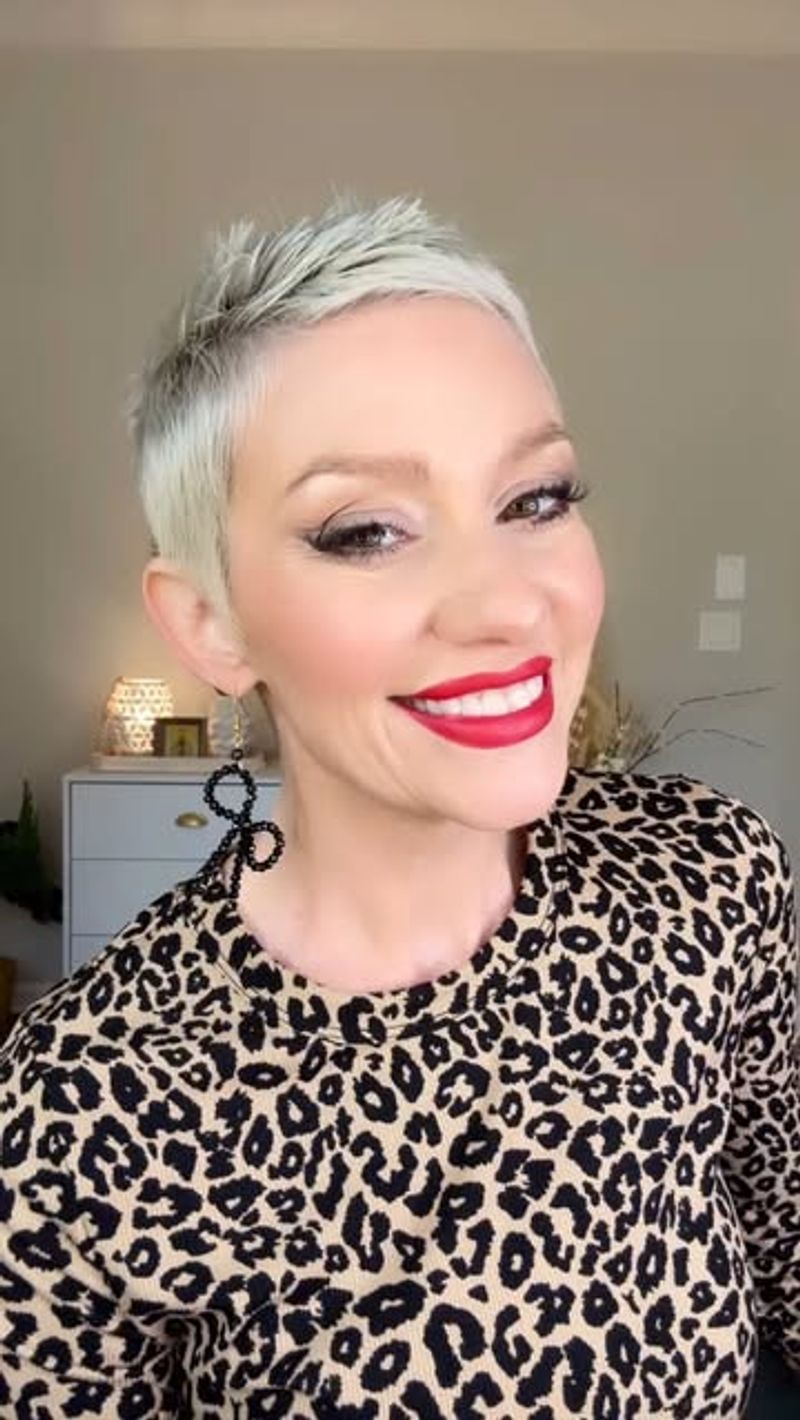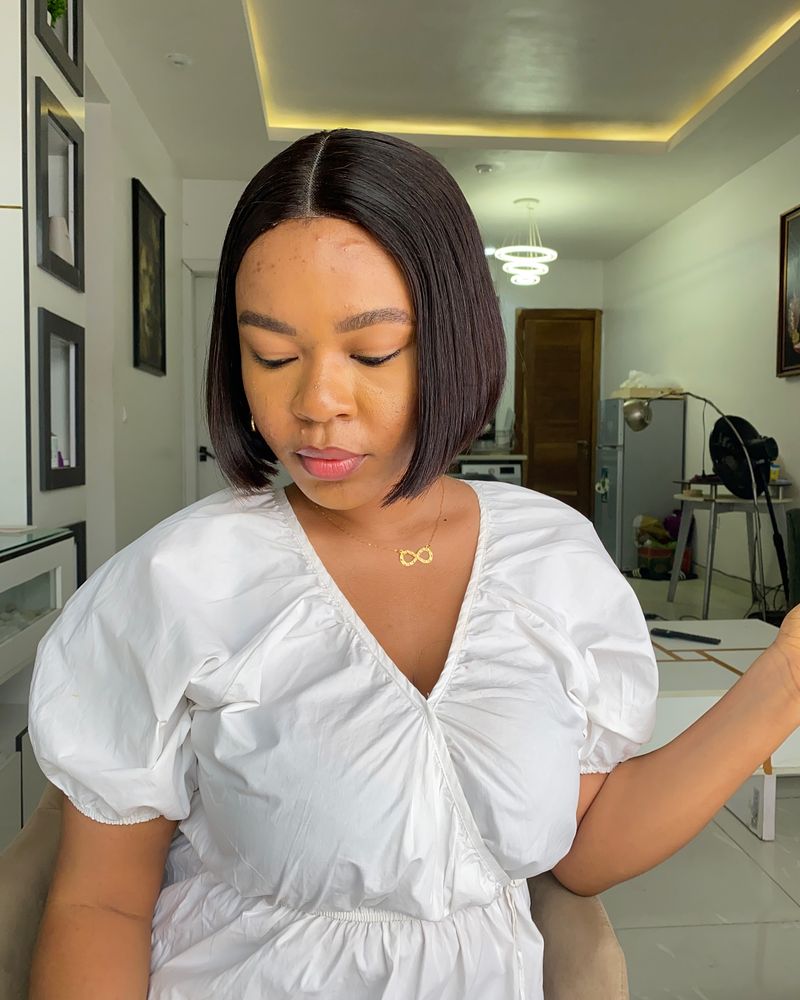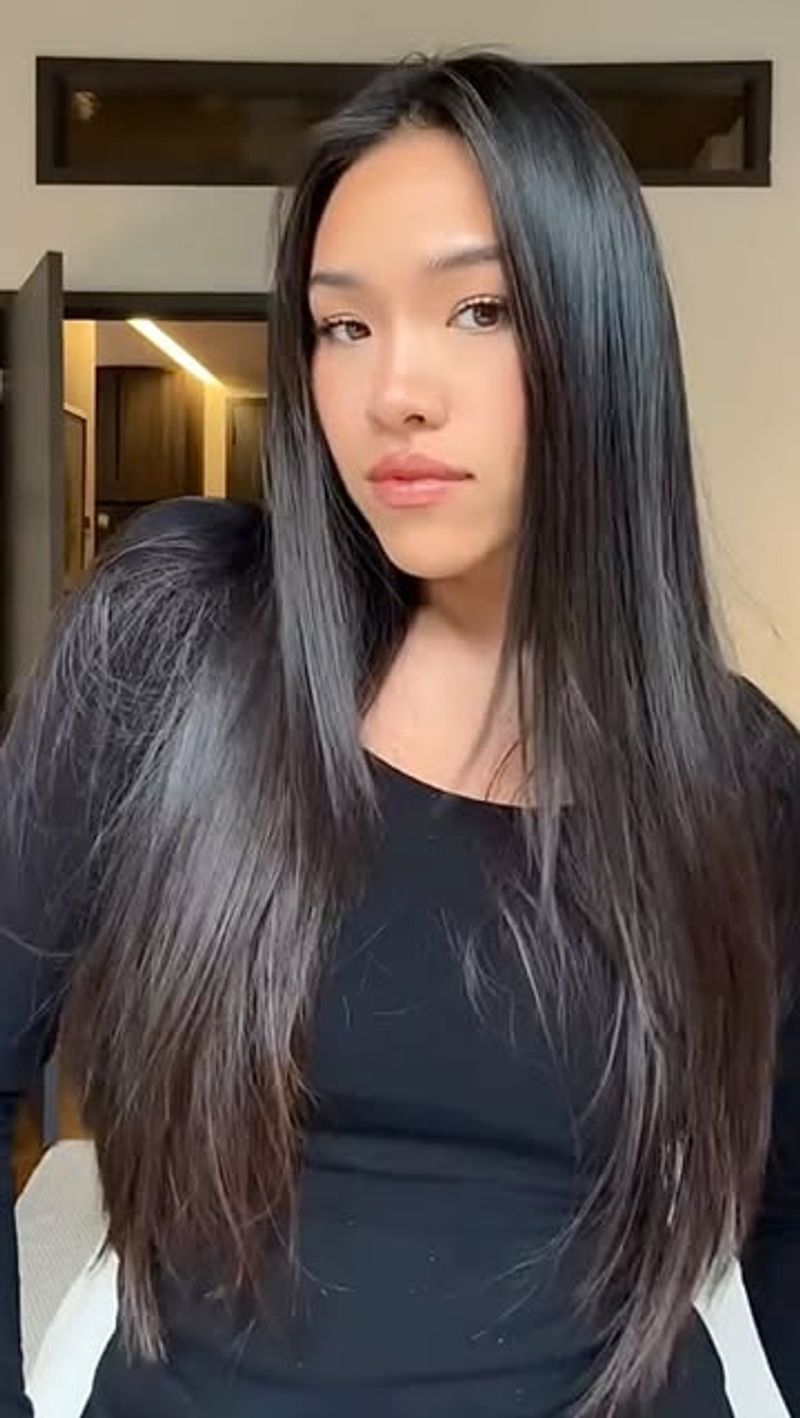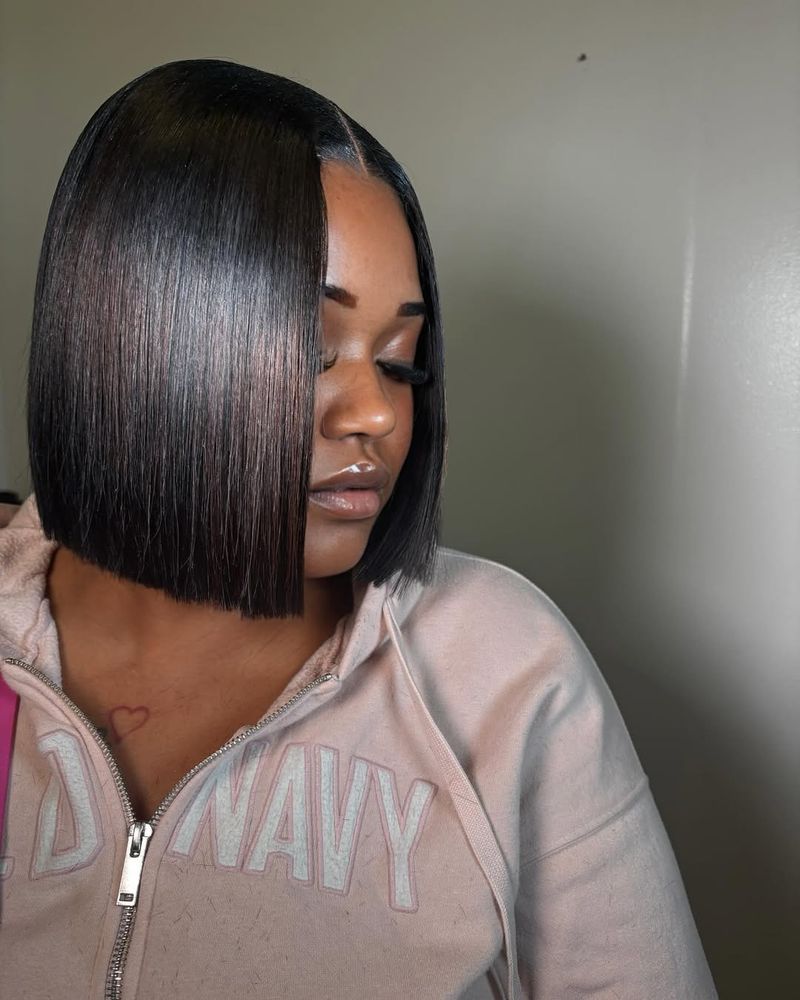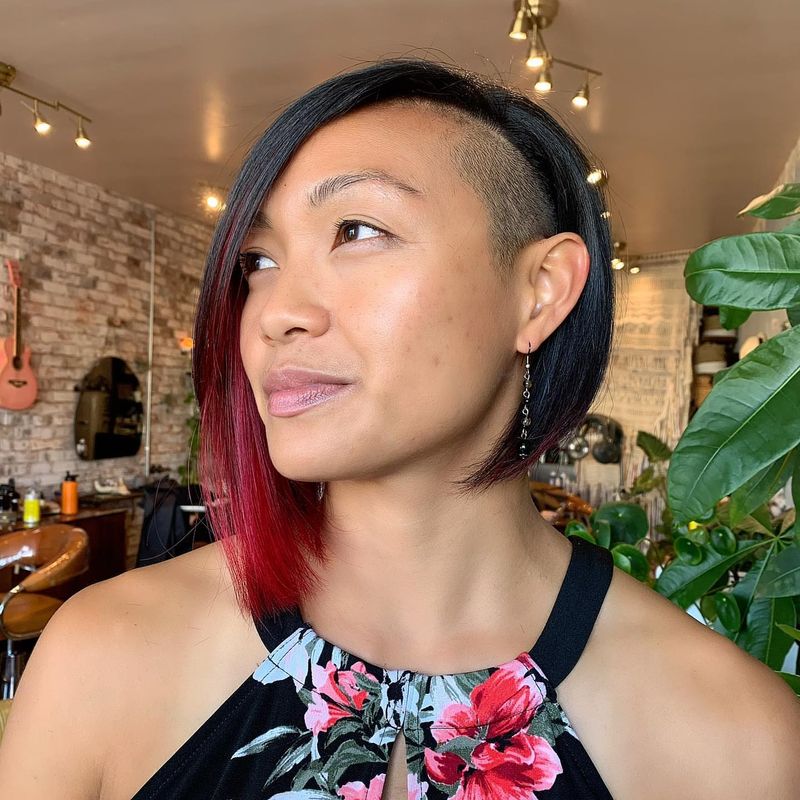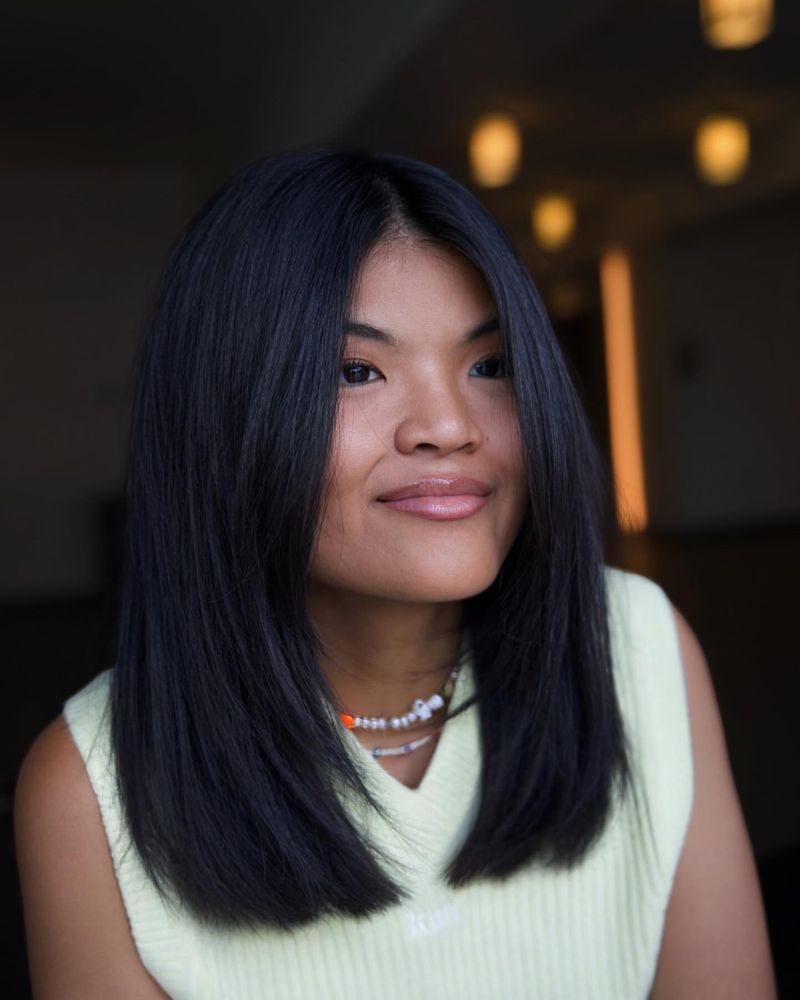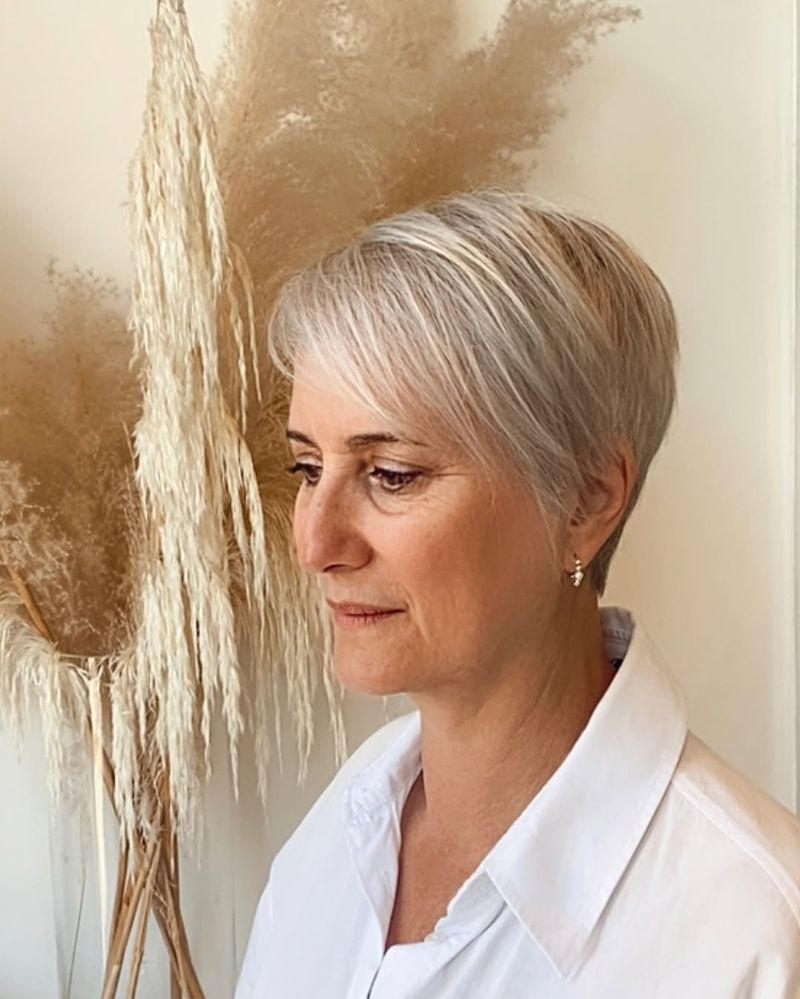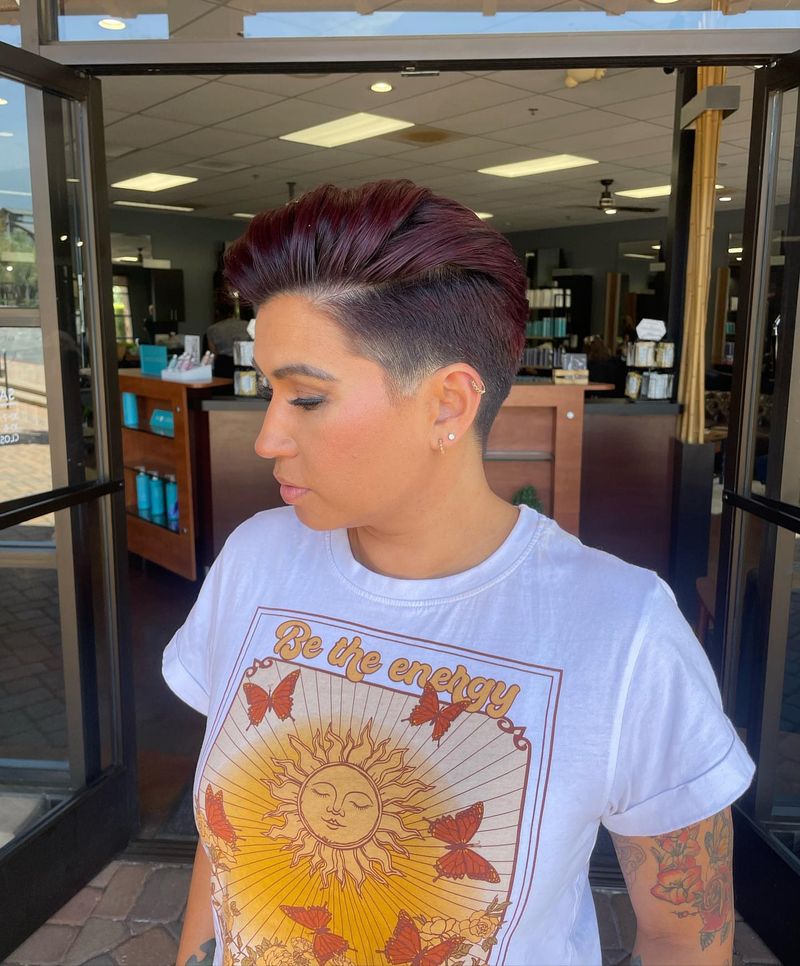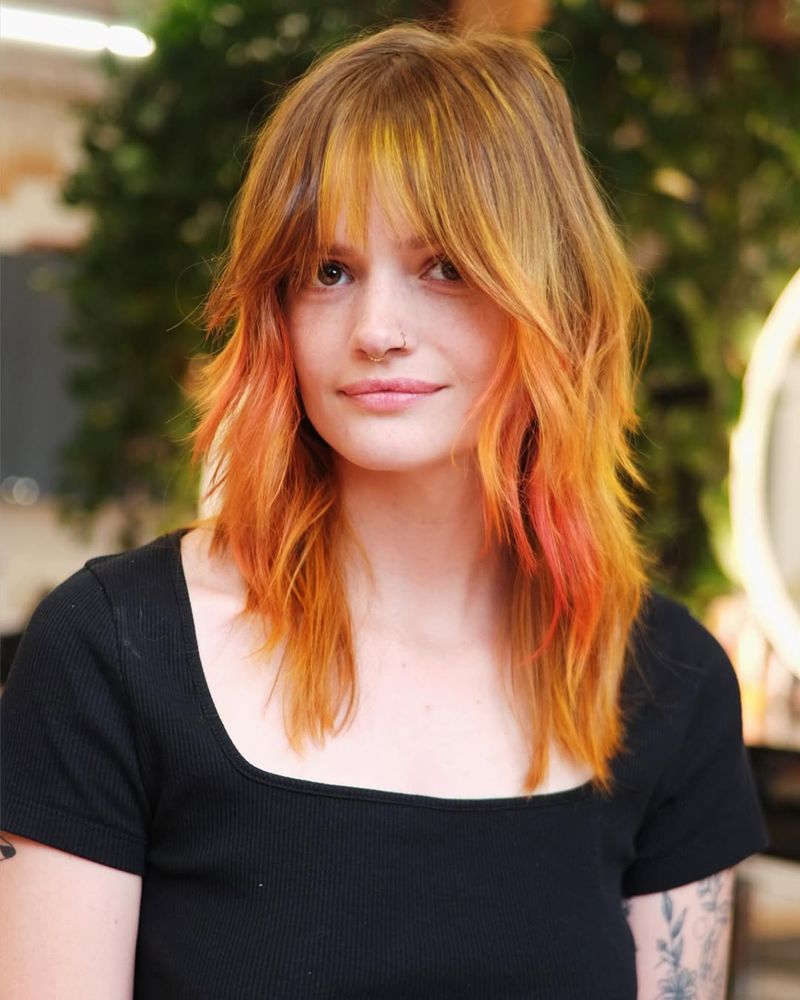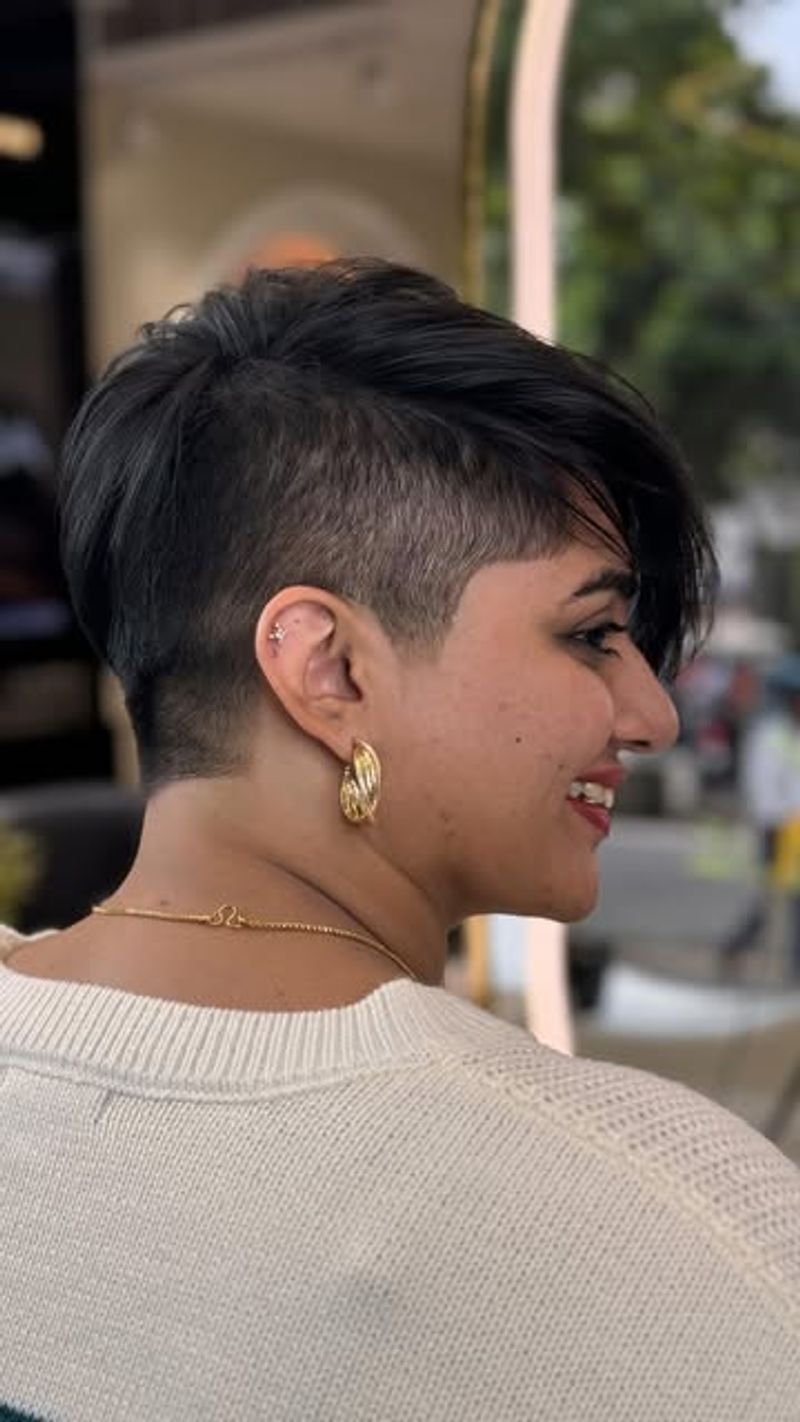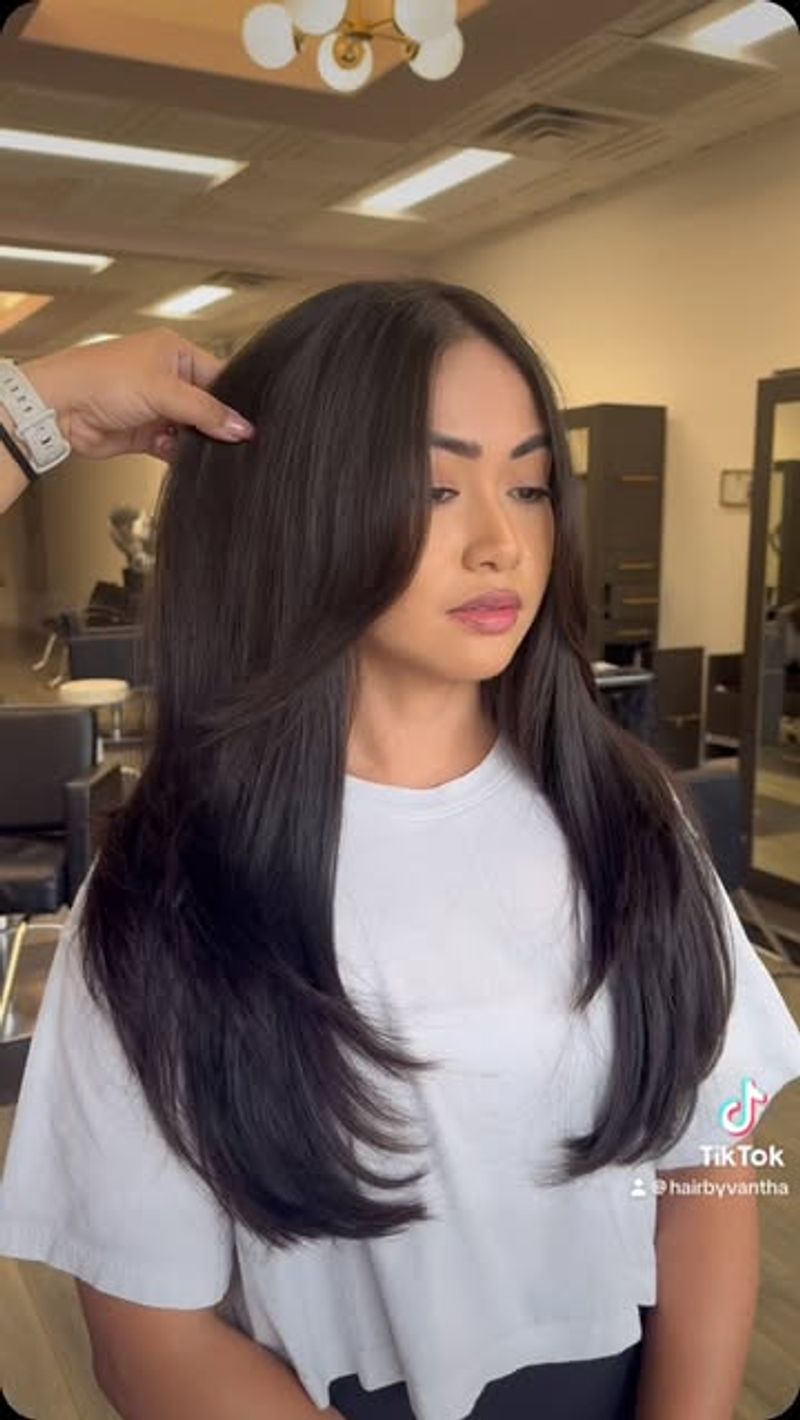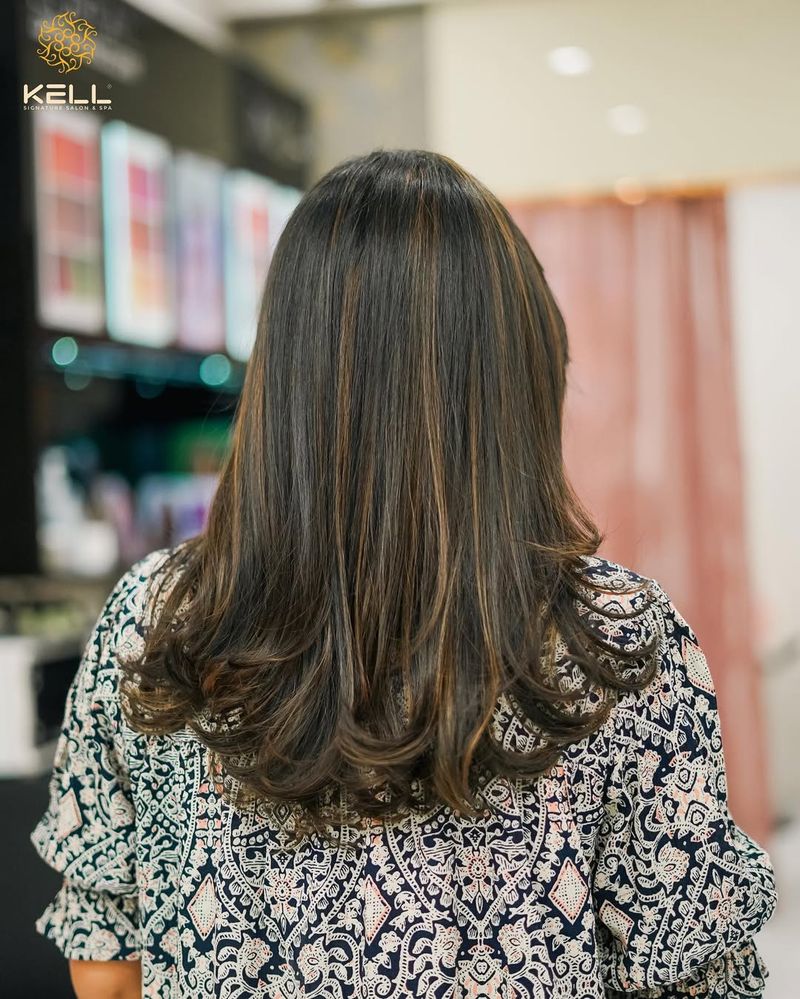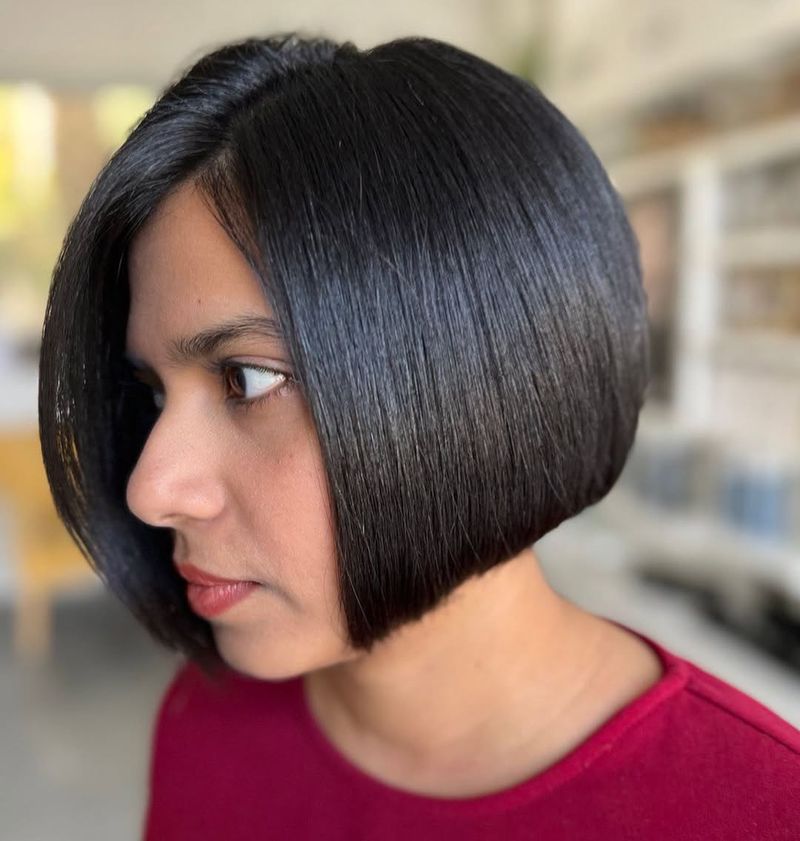Finding the right haircut can be a game-changer, especially for women with thin hair. The wrong style can make hair appear even flatter, while the right one can add volume and life. Here’s a guide to help you avoid common pitfalls when choosing a haircut.
1. Blunt Cut
The blunt cut might seem straightforward, but it can weigh down thin hair, making it look even flatter. Choosing layers can add much-needed volume. A few strategic snips can transform lifeless locks into a lively, voluminous style.
2. Pixie Crop
Pixie crops can expose scalp areas, especially with fine hair. Opting for a textured or layered version can better suit thin hair, creating an illusion of fullness. A cleverly styled pixie can turn heads effortlessly.
Related: -14 Empowering Pixie Styles for Women Over 40 Who Own Their Look
3. Straight Bob
Straight bobs often lack movement, emphasizing thinness. Incorporating waves or curls can add texture and dimension, breathing life into a basic bob. Experimenting with styling can make all the difference in appearance.
4. Long, Straight Hair
Long, straight hair can highlight thinness by lying flat. Adding layers and texture can provide movement and fullness. Consider styling tips that incorporate volume at the roots for a more vibrant aesthetic.
5. Center Part
A center part draws attention to thinness. Experimenting with side parts or zigzag parts can create an illusion of thickness. Changing your part is a simple trick to instantly revitalize your hairstyle.
6. Heavy Bangs
Heavy bangs can monopolize sparse volume, leaving the rest of the hair looking thin. Choosing wispy bangs can complement thin hair better, offering a soft, airy touch. A little lightness can make bangs more flattering.
7. Asymmetrical Cut
Asymmetrical cuts can weigh hair down on one side. A balanced, layered style can provide a better silhouette for thin hair. Equalized cuts often result in a polished, voluminous finish.
8. One-Length Hair
One-length styles can flatten, lacking dimension. Layering adds depth and movement, which can energize thin hair. A layered approach can transform monotonous hair into a dynamic, engaging look.
9. Pageboy Cut
The pageboy cut can be too uniform, leading to a lack of volume. Introducing layers or a tousled style can add interest and body. A little texture can refresh an otherwise flat look.
10. Pompadour Style
The pompadour can emphasize thin sides. Balancing volume across the head can provide a fuller look. A well-rounded pompadour can offer style without sacrificing the illusion of thickness.
11. Shaggy Layers
Shaggy layers can appear unkempt, especially with thin hair. More defined layers can present a cleaner, fuller appearance. A structured style can maintain elegance without sacrificing volume.
12. Undercut
Undercuts can expose areas of thinness, more so with fine hair. Opt for subtle layers to conceal and add volume. A nuanced approach can enhance style without revealing too much scalp.
13. Long Layers
Long layers can lose definition, blending into thin hair. Shorter, more structured layers add emphasis and volume. A precision cut can bring out the best in layered styles.
14. Feathered Cut
Feathered cuts can seem too light, lacking substance. A denser cut with fewer layers can add weight and body. Bold cuts can redefine thin hair, making it appear thicker.
15. Choppy Bob
Choppy bobs can look uneven, highlighting thin areas. A smoother bob with subtle layers can provide a cohesive look. Gentle tweaks can balance style and volume beautifully.
16. Stacked Bob
Stacked bobs can look too heavy at the back, highlighting the crown’s lack of volume. A lighter cut with layers can offer a balanced look. Well-distributed layers can enhance the overall appeal of the bob.
17. Micro Fringe
Micro fringes can draw attention to thinness in the fringe. A softer, more blended fringe can provide a gentler transition. A little fringe finesse can make a significant impact on style.



